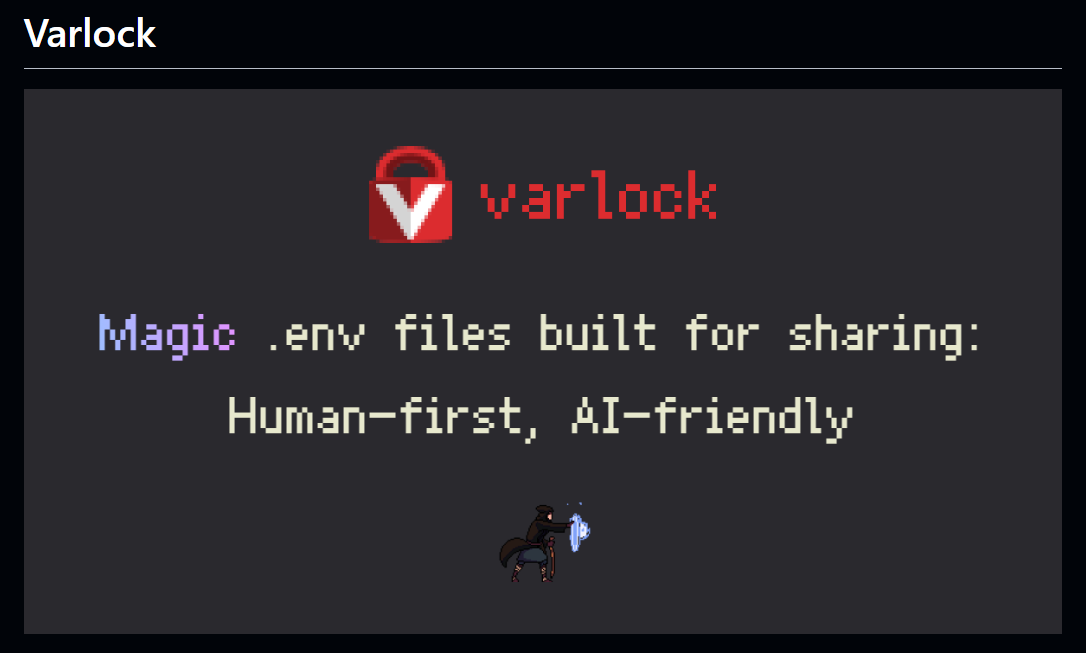[Dev Catch Up # 72] - ChatGPT Agent, Amazon S3 Vector, Zoho's Zia LLM, Varlock, robots.txt Explained, AWS's Kiro IDE, Bruno - Postman alternative, API Performance improvement tips, and much more!
Bringing devs up to speed on the latest dev news from the trends including, a bunch of exciting developments and articles
Welcome to the 72nd edition of DevShorts, Dev Catch Up!
For those who joined recently or are reading Dev Catch Up for the first time, I write about developer stories and open source, partly based on my work and experience interacting with people all over the globe.
Thanks for reading Dev Shorts! Subscribe for free to receive new posts and support my work.
Some recent issues from Dev Catch up:
Join 8000+ developers to hear stories from Open source and technology.
Must Read
OpenAI has introduced ChatGPT Agent. Now the agent can browse sites, write docs, create slide decks, basically do tasks for you, with full control in your hands. It’s rolled out to Pro, Plus, and Team users. Read OpenAI Post on ChatGPT Agent for full details.
AWS has launched Kiro, an IDE powered by agents. Kiro’s strength is turning prototypes into production with features like specs and hooks. Kiro Specs help to plan, design, track and collaborate. Kiro Hooks to handle routine tasks automatically. Read more about Kiro in this post.
I was reading about how Notion handles scale, and it’s a solid example of system design done right. They went from a single Postgres setup to 480 shards while keeping the UX fast. This post walks through that journey with lessons you can apply even at a much smaller scale.
Zoho announced their own LLMs named Zia LLMs and Zia Agents, along with Zia Agent Studio and their own MCP server. Zia LLM comes in three sizes (1.3B, 2.6B, 7B), and Zia Agents come with 25+ ready-to-deploy AI agents. Read the post to know more about Zoho’s models and agents.
OSS Highlight of the Week
This week we're featuring Varlock, .env files built for sharing. It's a drop-in replacement for dotenv that adds type safety, leak prevention. Simple to use and helps avoid accidental leaks. Varlock uses decorator comments in .env files to add schema information, making them "human-first, AI-friendly". It is shareable while maintaining security. Check the GitHub repo for more details.
Good to know
AI-native engineers treat AI tools like a junior developer. This post shows how to integrate AI into daily engineering tasks to boost productivity. Check this post if you're trying to work smarter with AI.
Most developers think robots.txt is just for blocking crawlers, but it also controls how sites appear in search results. This post clears up common myths about robots.txt and explains how it affects indexing, caching, and AI data collection. Worth reading the post if you deal with SEO or AI agents.
I found this interesting article discussing how OpenAI operates internally. Most of their work runs on Slack including model discussions and safety reviews. It also covers how they ship fast, align across teams, and balance research with product. A good read if you're curious about how AI labs work.
Python continues to grow in usage and ecosystem strength. This post shows how to build full production-ready apps with python, covering topics like project structure, uv, FastAPI, Pydantic, CI, and Docker. A solid guide if you're moving beyond notebooks.
API performance becomes a problem when traffic grows. This post covers 5 practical tips to improve performance like caching, async queues, pagination, load balancing, and connection pooling. Easy explanations and clear diagrams. Check this post if you are looking for ways to optimize slow APIs.
Notable FYIs
Amazon just launched S3 Vectors, adding native vector search support to S3 Storage. You can now store and search embeddings directly inside S3. Worth Checking the post if you are building RAG Application on AWS.
I used to read a lot of whitepapers, and this post explains the same approach I follow. Upload whitepaper to NotebookLM, and ask simple questions, and break it down section by section. A helpful guide if you want to get through whitepapers quickly and with less effort.
I always use Postman for API testing, but I came across Bruno, an open-source IDE for exploring and testing APIs. It's a good alternative to Postman and works well with Git. Check the GitHub repo if you want to try it out.
I came across this post on how Manus builds AI agents using context engineering instead of fine-tuning. It shares practical lessons like using the file system as memory, designing prompts for KV-cache efficiency, and why keeping failed steps in context helps agents learn. Read the post for interesting insights.
If you want to compare different LLM architectures like LLaMA, Qwen, and DeepSeek in one place, check this post. It also covers concepts like MoE, attention types, and normalization strategies. Helpful if you're exploring LLM internals and architecture design.


